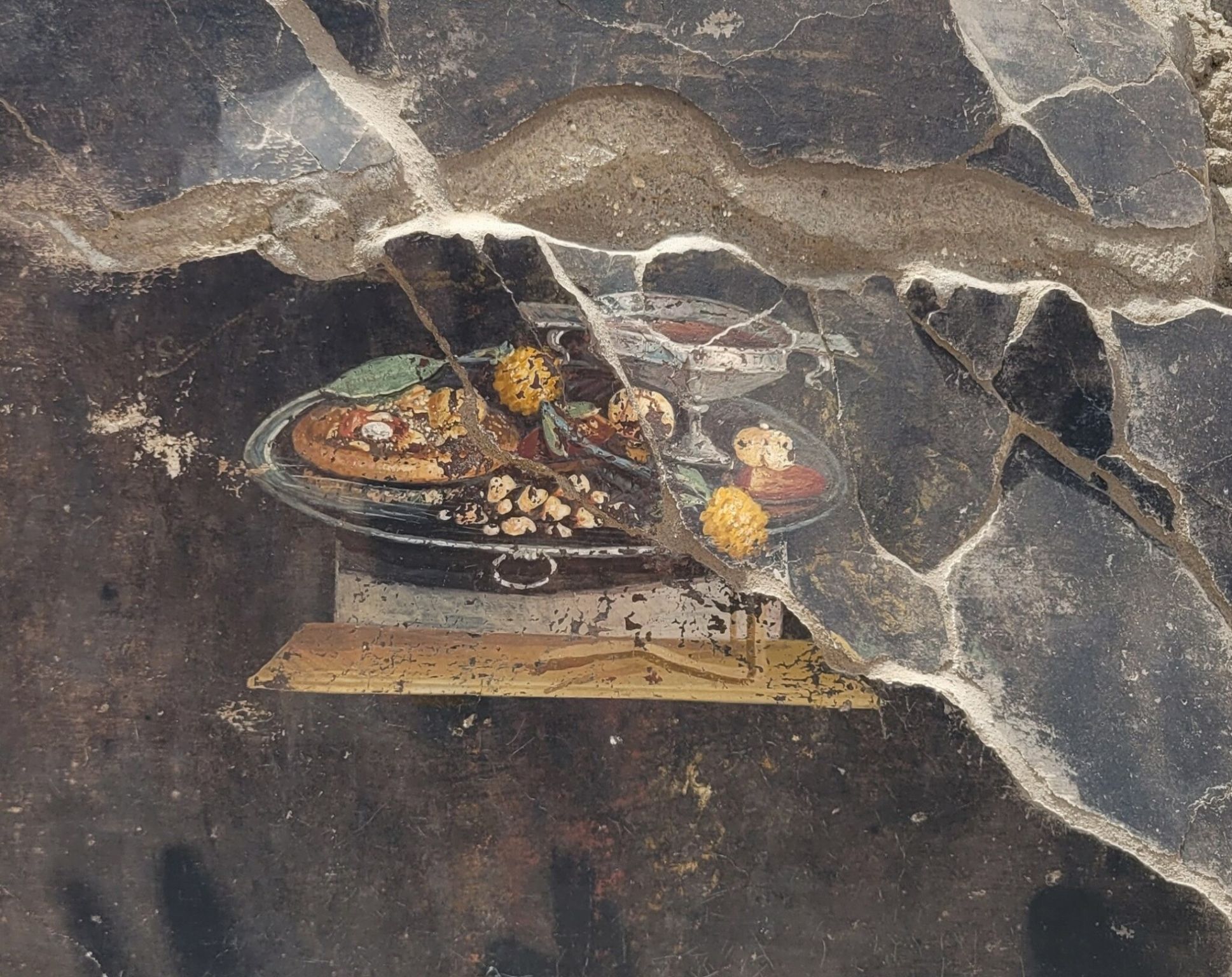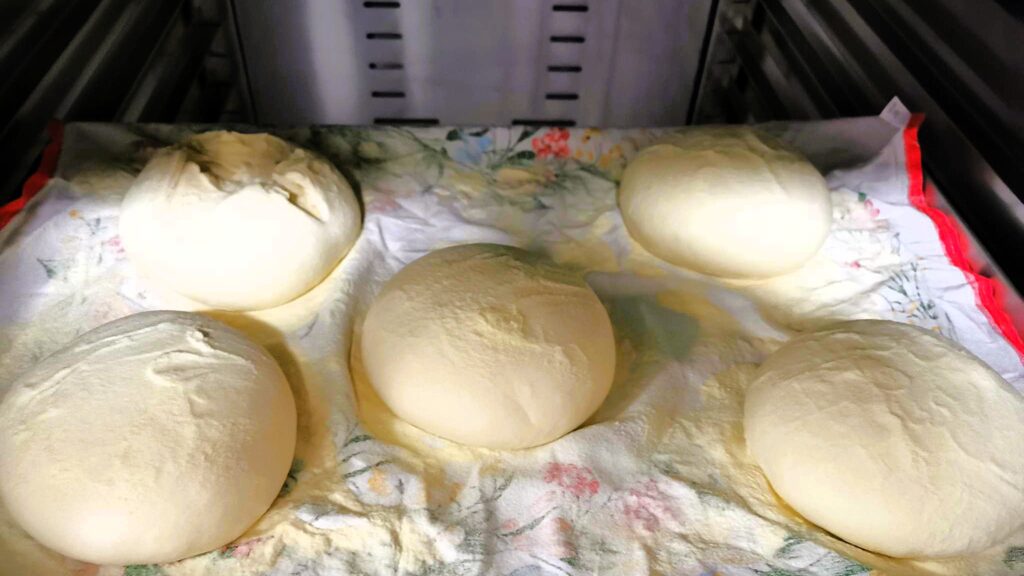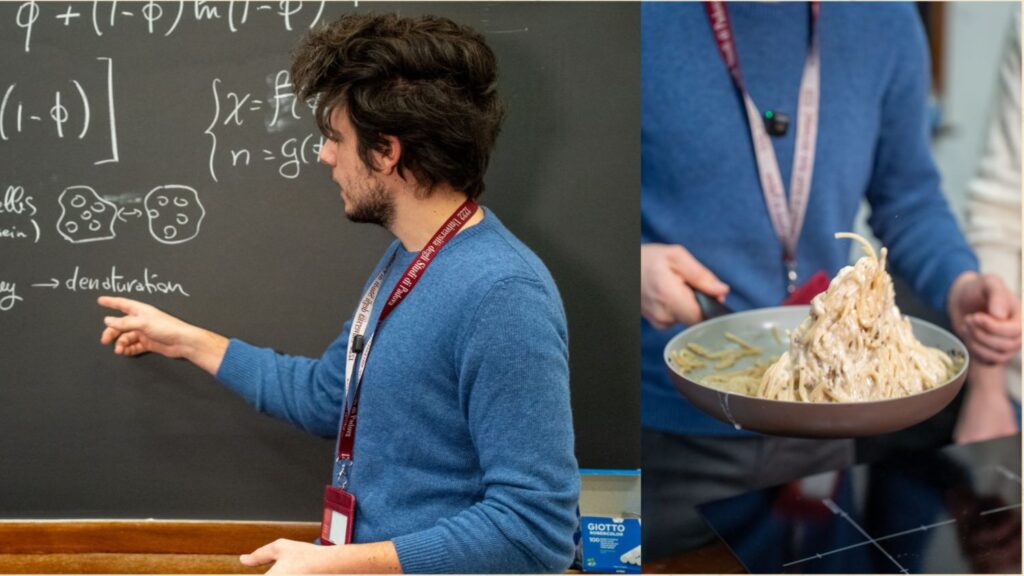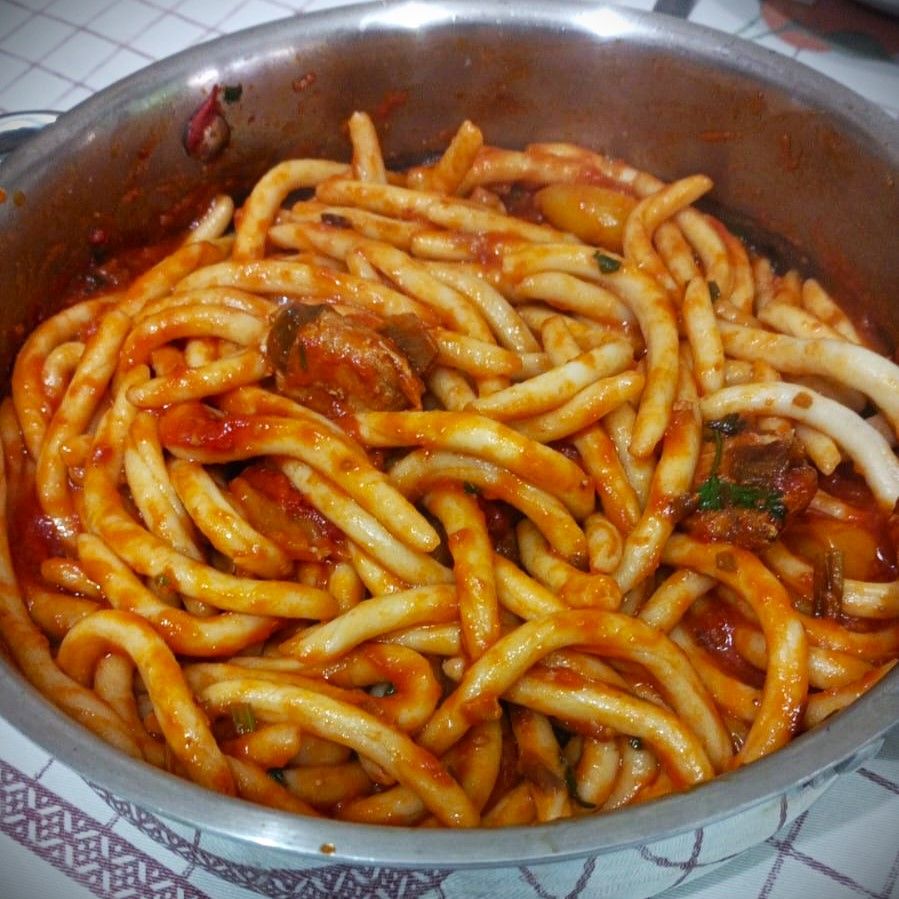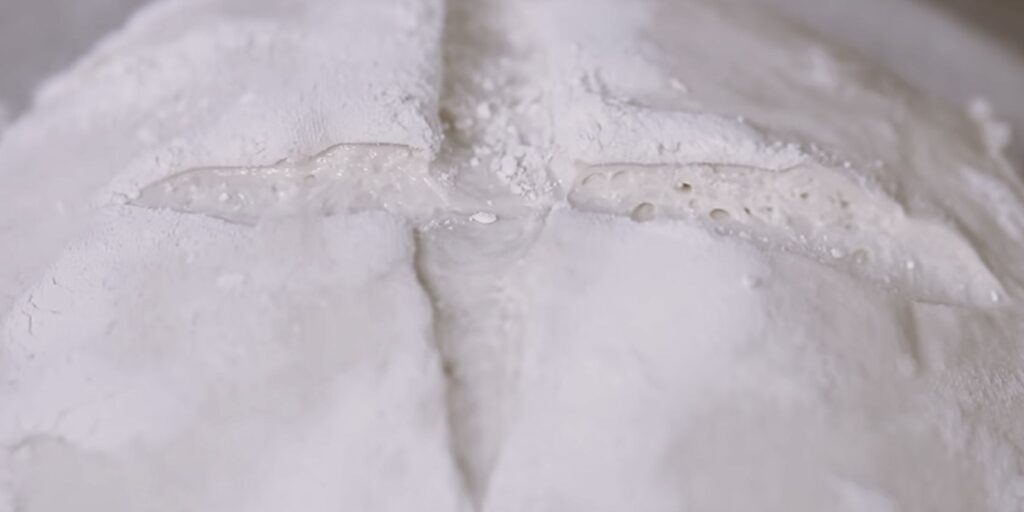The pizza of the ancient Romans. Except it’s not…
In recent days, during archaeological excavations in the always mysterious and fascinating Archaeological Park of Pompeii, a villa was found.
On its walls, it was found a fresco depicting a still life (and this in itself is already a marvel, without having to embroider nonsense to it).
In this drawing, there are some foods, including a pizza.
At least, so we read on many newspapers and website.
Although they all specify “without mozzarella and tomato“…
Let’s take a closer look at it, shall We?
The painting depicts the tradition of Xenia: the ancient Greek concept of hospitality.
A pillar of this Greek tradition (very popular among the upper classes of the Roman Empire) was the custom of the landlord to give a “goodbye gift” to the guest.
And what better gift than delicacies?
What We see is a silver plate on which a glass of wine stands out.
Besides that, a flatbread that serves as a support for various fruits (including a pomegranate, a garland made of strawberry trees, and perhaps a date).
The bread (or “focacia“, as the ancient Romans would have called it) is seasoned with spices and, probably, with moretum (a sort of herb cheese spread quite popular at the time), as those yellowish and ocher dots suggest.
Is that flatbread a pizza? Absolutely not!
Can We say it is one of its ancestors? Certainly!
This is an ancestor of pizza as are the Plakous, born during the Hellenistic period of Ancient Greek, or the Pita, typical food of various Middle Eastern civilizations.
But I don’t understand the sensationalism, honestly.
Exorbitant titles to say that It was found the drawing of a dish that looks like pizza, but without mozzarella and tomato?
It would be like marvelling at having found a drawing of a charriot and saying that it was discovered “the ancestor of the automobile, but without engine and steering“.
In conclusion, if you work in catering industry and/or hospitality and you are interested in my #copywriting and/or #contentwriting services, just contact me!

 Italiano
Italiano
